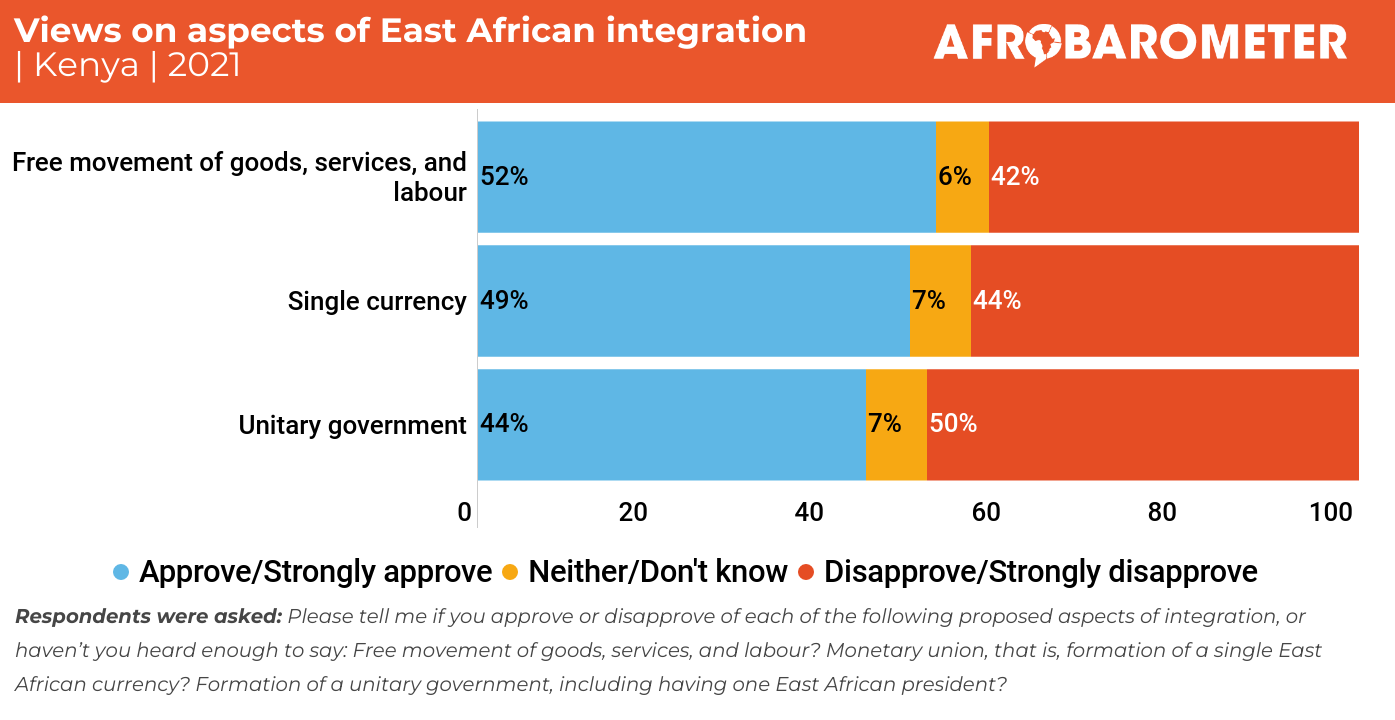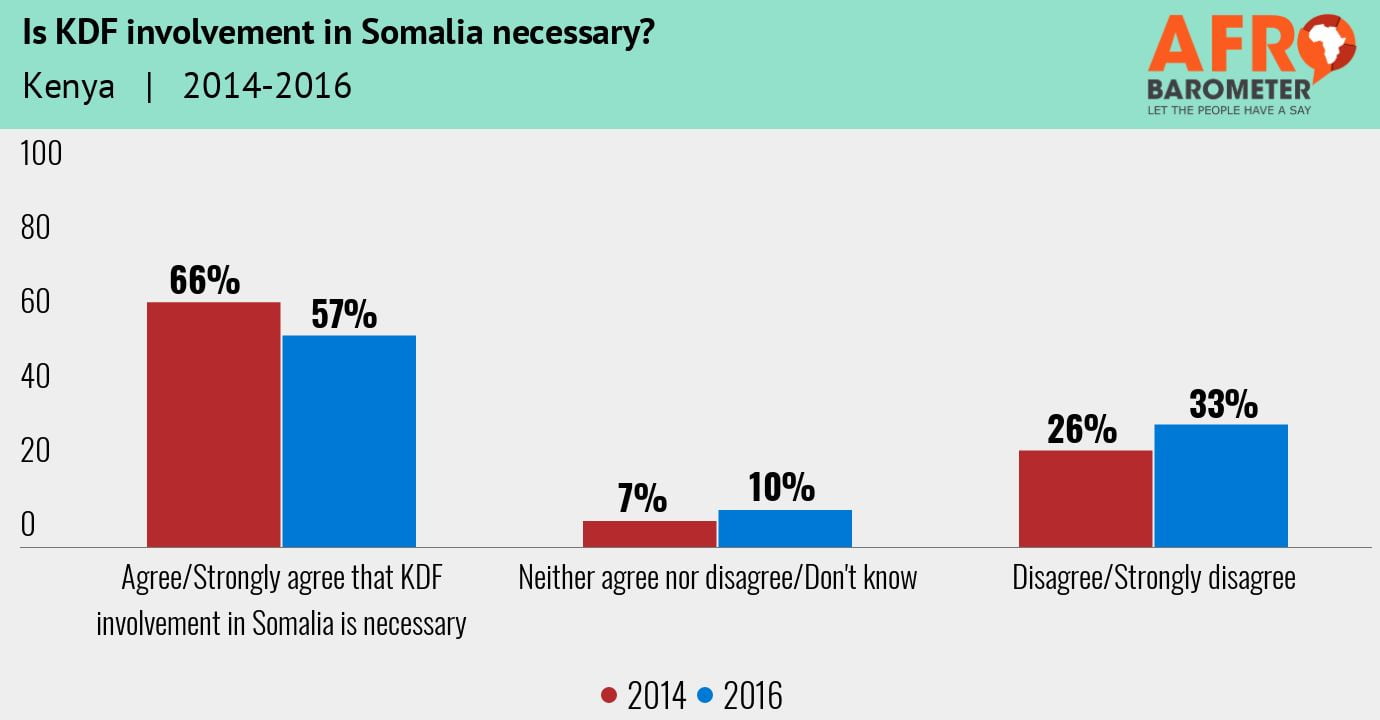- Two-thirds (66%) of Kenyans have either heard “nothing” (36%) or just “a small amount” (22%) about the proposed East African Federation (EAF) or else say they “don’t know” (8%).
- Only a narrow majority (52%) approve of allowing the free movement of goods, services, and labour across national borders, and even fewer (49%) support monetary union or a common currency.
- Half (50%) of Kenyans disapprove of the formation of a unitary government for East Africa, while only 44% favour this plan.
- Only three in 10 Kenyans (29%) say they have heard “some” or “a great deal” about the East African Legislative Assembly (EALA).
- A plurality (47%) of Kenyans say ordinary people should choose their representatives to EALA through direct popular vote, while 44% prefer to have them chosen by Kenya’s Parliament.

The East African Community (EAC) is a regional organisation comprising seven sovereign states – Burundi, the Democratic Republic of Congo (DRC), Kenya, Rwanda, South Sudan, Tanzania, and Uganda. Formally established by a 1999 treaty, the EAC adopted regional integration as one of its primary goals at its inception. Article 5(2) of the EAC Treaty recommends using an incremental approach to achieving political, economic, and social integration by establishing a customs union, a common market, a monetary union, and ultimately political federation (East African Court of Justice, 1999).
Adar et al. (2020) conceptualise the EAC quest for regional integration as a process of eastafricanization aimed at creating eastafricanness as a new identity for the citizenry of the federation. Nye (1968) underscores the political, economic, and social dimensions of integration, noting that it should aim to establish a transnational economy, a transnational society, and a transnational political interdependence.
EAC integration has come a long way since 1999, passing two critical milestones: the establishment of a customs union in 2005 and of a common market that became operational in 2010. Progress toward a monetary union has also been significant; the EAC Secretariat says it will be in operation by 2024 (East African Community, 2022a). Realisation of the fourth pillar, political federation, took a major step forward when a 2018 EAC Ordinary Summit of Heads of State and Government adopted a confederation, projected to be operational in 2023, as a precursor to the EAC political federation (East African, 2020).
The peoples of East Africa – citizens of the seven member nations – are intended to be the primary beneficiaries of integration under EAC auspices. Indeed, the EAC Treaty identifies a “people-centered” approach as one of the principal objectives of the community. Yet findings from an Afrobarometer Round 9 (2021) survey in Kenya indicate that the public’s awareness of, and support for, various aspects of federation appear to lag well behind the plans of the implementing governments.
A majority of Kenyans have still heard little or nothing about plans to establish a confederation. Few people are familiar with the East African Legislative Assembly (EALA), which is supposed to represent the interests of ordinary citizens at the EAC.
Moreover, levels of support for specific aspects of integration are not high, with political federation winning the least support. Considering that major steps toward monetary union and federation are scheduled to take place over the next two years, Kenya’s government may do well to invest more in educating the public and winning support for the momentous changes that are afoot.
Related content

